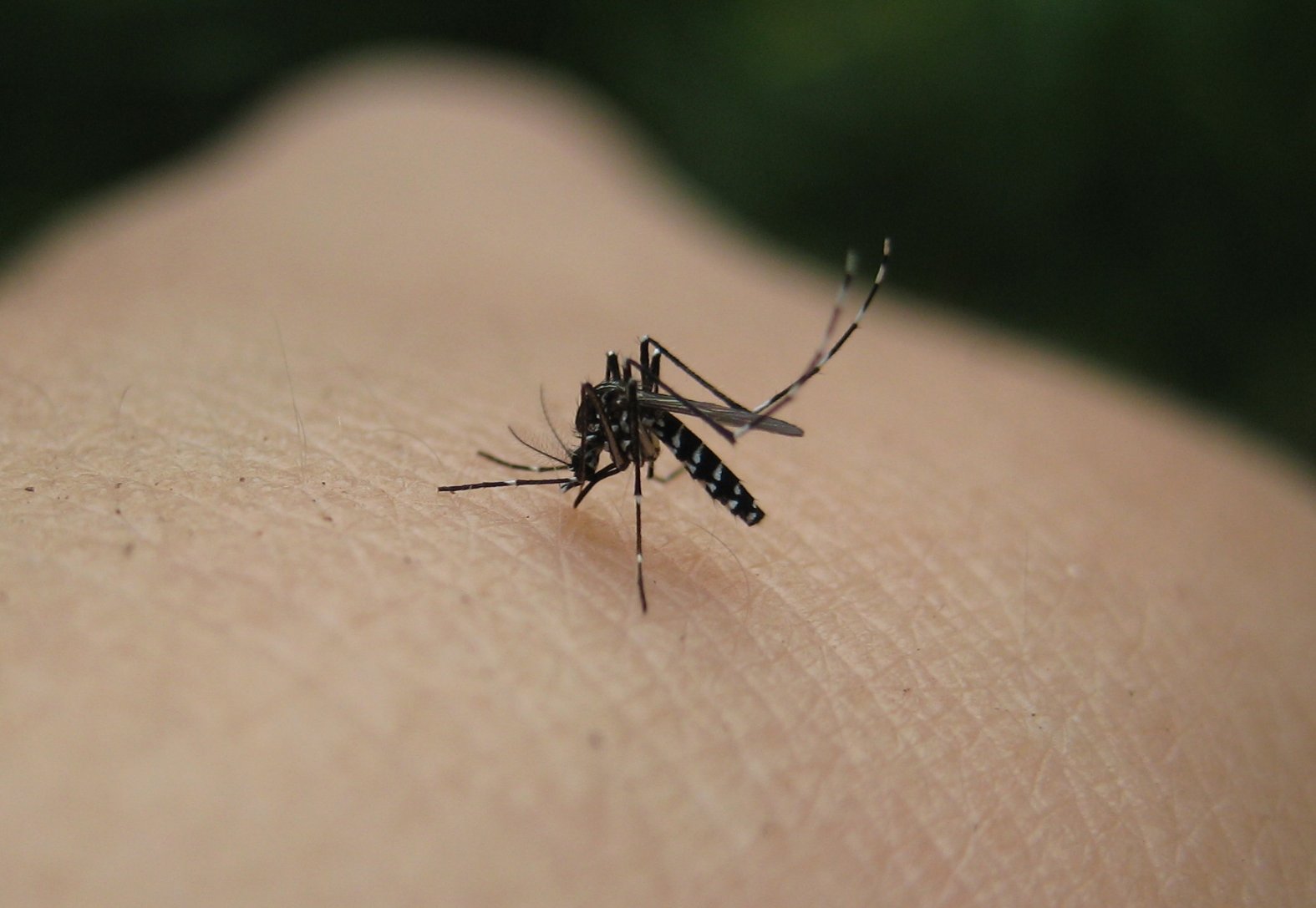The epidemic of stroke in the Asia Pacific region and around the world will become a reality if not taken action to slow the increase in the incidence of stroke. Let's prevent a crisis of stroke in the Asia Pacific region.
Every year, 15 million people around the world suffered a stroke. About 5 million suffer permanent paralysis and more than five million died, which represents 10 percent of total deaths worldwide. In the Asia Pacific in 2004, an estimated number of patients who recovered from a stroke were 4.4 million in Southeast Asia and 9.1 million in the Western Pacific region.
In the same year, the number of people in the Asia Pacific region who had a stroke for the first time reached 5.1 million. This figure is higher than the rate of new cases of cancer.
"The incidence of stroke in the Asia Pacific region continues to increase and cause public health problems and significant economic burden," explained Dr. Sim Kui Hian, Head of the Department of Cardiology and Head of the Clinical Research Centre, Sarawak General Hospital, Malaysia, in a news release a press event 18th Asia Pacific Congress of Cardiology (APCC) at the Kuala Lumpur Convention Centre, Malaysia.
According to Dr. Hian, a member of Action for Stroke Prevention gathered to highlight the risk of stroke and urgent crisis, policy makers, government, health professionals, patient groups and medical community to unite and take action to prevent adverse effects of stroke patients, their families and people careers.
Action for Stroke Prevention, a group that collects health experts from around the world, proposing to take action immediately to prevent stroke in patients with Atrial Fibrillation (AF) in the Asia Pacific region, namely heart rhythm disorders that cause common and most important of the stroke.
Action for Stroke Prevention recommends the following:
- Increasing awareness of the impact of AF and stroke associated with AF
- Develop methods of early diagnosis and adequate for AF and stroke risk assessment
- Taking a new and better approaches to prevent stroke in patients with AF
- Facilitate the exchange of best practices between governments in the Asia-Pacific
- Develop strategies to support adherence to guidelines
- Provide similar management and adequate treatment for patients with AF in the countries in the Asia-Pacific
- Advancing research in the causes, prevention, and management of AF, and addressing the scarcity of epidemiological information in Asia Pacific
"Because the majority of AF-related stroke can be prevented, we believe that implementation of these recommendations will contribute in preventing stroke in patients with AF who in turn will dramatically reduce the burden of clinical, economic, and social due to stroke in the Asia Pacific region," said Professor Gregory Lip, Professor of Cardiovascular Medicine, University of Birmingham Centre for Cardiovascular Sciences, City Hospital Birmingham, UK.
People who have had strokes due to AF in general will be treated in hospital much longer, it would be rare to be back home, and 50 percent of them will experience a disability compared to patients with stroke are not associated with AF. More and more people in the Asia Pacific region living with AF. In China alone, 8 million people suffer from AF.
"We need concerted action to improve how to make diagnosis and treatment of AF if you want to avoid major changes that occur in living patients and those who take care of a stroke," said Trudie Lobban, Founder and Trustees, Arrhythmia Alliance, and Co-founder and CEO , Atrial Fibrillation Association.
Economic burden caused by stroke in the national economy in the Asia Pacific region is very significant. For example, China will lose the national income amounted to $ 558 billion caused by heart disease, stroke and diabetes.
More importantly, the impact of stroke is expected to increase dramatically due to the growing number of people affected by AF due to the growing aging population and increased the survival rate of patients with AF predisposing factors (e.g., heart attack).










